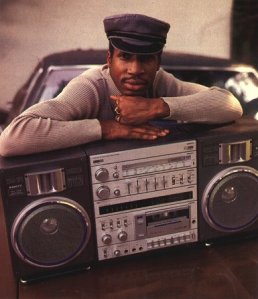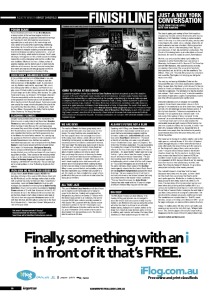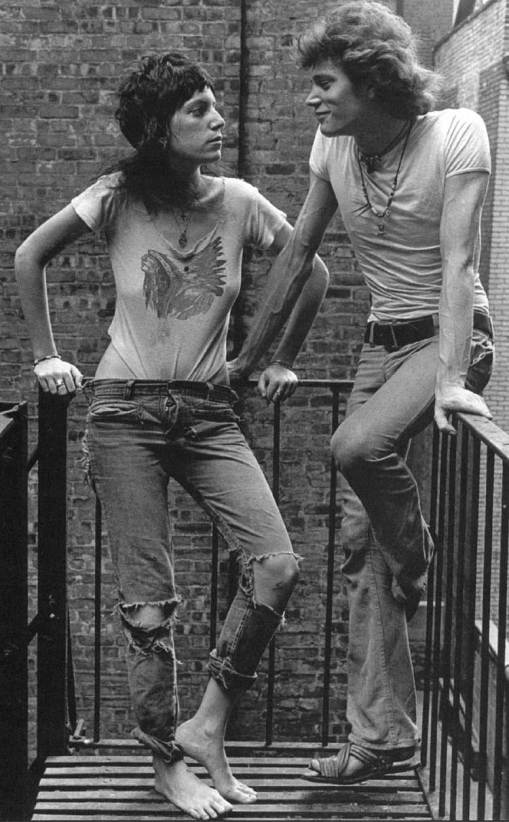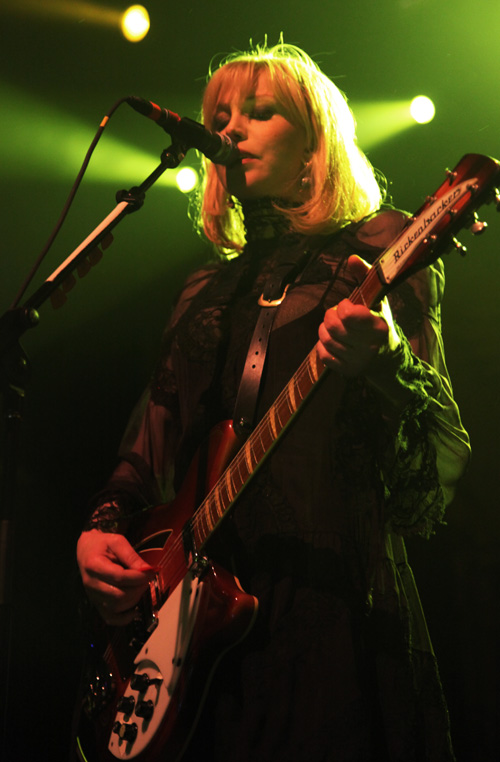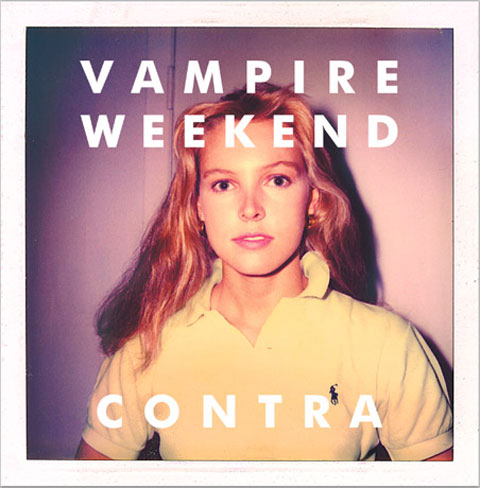Being as this whole M.I.A. saga was started by the New York Times, I’ve found myself following it kinda closely. If you missed it, the NYT magazine published a whacking great article about M.I.A. last week. The article was written by Lynn Hirschberg, who some might remember from the hatchet job she did on Courtney Love and Kurt Cobain many years ago. M.I.A. clearly wasn’t happy with the article – unsurprisingly, as it portrayed her as a simpering fool happy to spout political rhetoric from the luxury of her LA mansion – and responded by first publishing Hirschberg’s number online, then posting snippets of the interview that she’d apparently recorded clandestinely herself, along with a new song lambasting Hirschberg and journalists in general.
So far, then, it’s a case of handbags at ten paces. For what it’s worth, I don’t think there’s any doubt that the article was essentially another Hirschberg stitch-up job. The precede asks “Is the Sri Lankan musician’s political rap more than just radical chic?”, and you get the impression that for Hirschberg, the answer was “no” from the start. Too often, her prejudices show through in her writing, and on the whole, this is a spectacularly bitchy piece. Judging by the comments it’s received on the NYT website, it’s done its job: one after another, anonymous haters – who’d probably never heard of M.I.A. before now – come out of the woodwork.
Given that M.I.A. did have a falling out with the NYT earlier this year (fair warning – there’s a really horrible image of a dead baby at the other end of that link), the publication of this article does raise the question of whether there was any payback involved. If so, it’s a truly nasty situation, and the NYT should be ashamed of themselves. But who’s to say? Only those involved really know.
But either way, the article’s a shitty piece of journalism. Clearly, there are some valid questions to be asked about M.I.A.’s politics. She’s been vocal in her support of Sri Lanka’s Tamil separatists over the years, and there’s been a nagging sense that her views on the issue are kinda simplistic, and either way, her fiery rhetoric isn’t particularly helpful to the cause she’s espousing. This point was raised by the Sri Lanka Democracy Forum’s Ahilan Kadirgamar, who Hirschberg interviewed for her article. “People in exile tend to be more nationalistic,” he said. “And Maya took a very simplistic explanation of the problems between Sri Lanka’s Sinhalese government and the Tamils… When Maya does a polarizing interview, it doesn’t help the cause of justice.”
Sensible, restrained, well-argued. So what did M.I.A. have to say in response to this? Here’s the rub: it doesn’t appear that she was given any opportunity to give her views on these points at all. Clearly, Hirschberg had plenty of time and chances to raise these issues with the singer, so you have to conclude that she chose not to do so.
Instead, here’s how Hirschberg wrote her article. The paragraph where she spoke to Kadirgamar ends with a quote from him: “[M.I.A.] doesn’t seem to know the complexity of what these groups do.” It’s begging for a segue into the singer’s response to his accusations.
But no. Instead, what you get is this: “But many of her fans didn’t listen too closely to her lyrics, concentrating instead on the beat, the newness of the sound and her own multiculti, many-layered appeal.”
Bollocks.
Big, swinging, pendulous bollocks. How many of these fans has Hirschberg actually talked to? What sort of basis does she have for making a generalisation like that? I’m gonna guess: none. It’s the journalist’s own preconceptions showing through here, which makes for the laziest and most meaningless sort of writing.
In this respect, Hirschberg’s article represents a missed opportunity. She had the chance to ask relevant, sensible questions; she had the chance to challenge M.I.A.’s rhetoric; she had a chance to explore the article’s key question, of whether the singer’s “political rap [was] more than just radical chic”; and she didn’t. She took the easy way out. She bottled the chance to ask the difficult questions, and that’s the most depressing aspect of this whole sordid business: isn’t the most fundamental and important role of the journalist to ask questions? Good questions? People like Hirschberg, who hang out with someone for a week and then stick a knife in their back, are surely part of the reason why musicians are reluctant to grant journalists much access in the first place.
Even more depressingly, the majority of the fallout from the article isn’t even about politics. No, it’s about… french fries. Here’s another quote: “‘I kind of want to be an outsider,’ she said, eating a truffle-flavored French fry. ‘I don’t want to make the same music, sing about the same stuff, talk about the same things. If that makes me a terrorist, then I’m a terrorist.’”
Yes, you get the implication, don’t you: here we have a hypocrite, munching on truffle-flavoured french fries while she bangs on about being an outsider. Unfortunately for Hirschberg, M.I.A. may or may not be politically naive and unduly self-aggrandising, but she’s no-one’s fool: it appears that she also recorded the interview, just in case, y’know, she was misquoted.
It turns out that she was – one of the two clips she published shows that she was indeed misquoted at least once. The other clip reveals that… drum roll… it was Hirschberg that ordered the truffle fries.
*sigh*
*deeper sigh*
*Marianas Trench sigh*
That’s how we’ll leave this whole saga. M.I.A. might be naive, she might be hypocritical, but Lynn Hirschberg’s article isn’t gonna resolve those questions either way. Not when the best that can come out of it is an argument over who ordered the truffle fries. God help us all.




